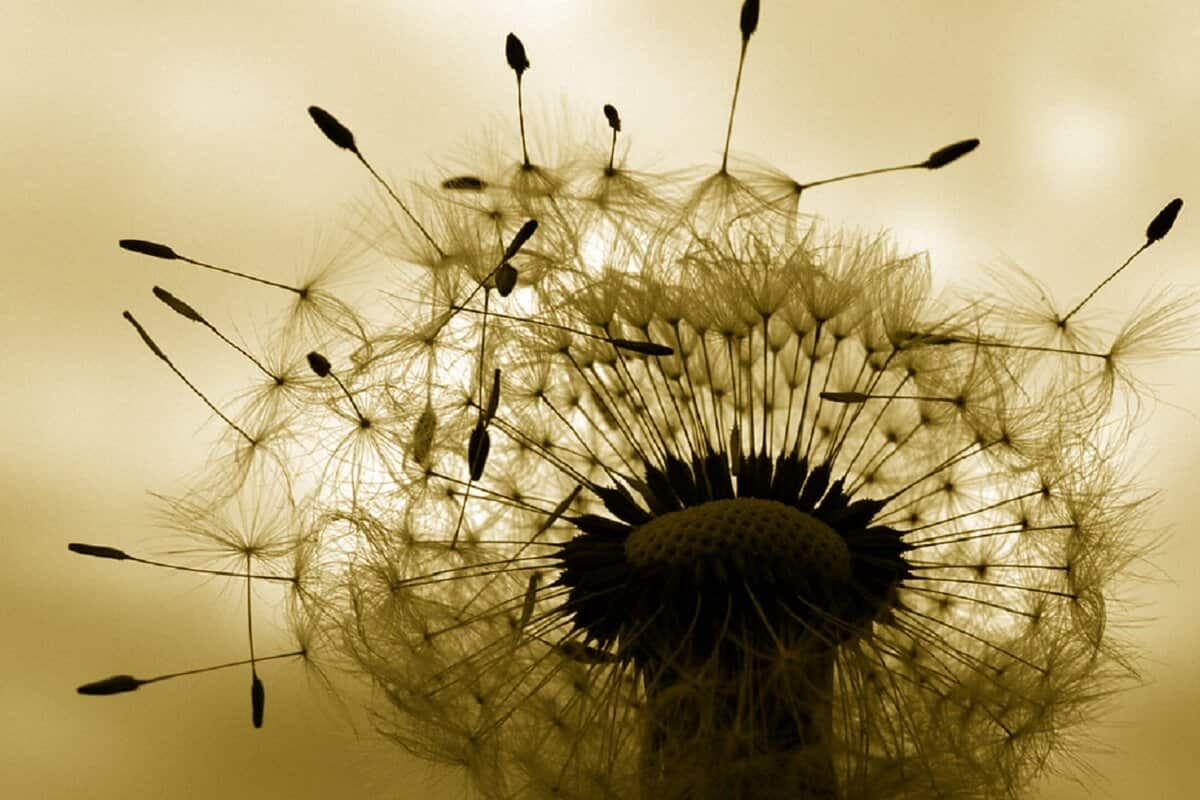
In case you are stuck in the wild, or circumstances are such that you have to leave your home and seek shelter in the wild, there are plenty of plants around for you to survive from hunger. Many wildflowers and leaves are suitable for food.
Clover
You can spot this widely spread flower everywhere. Clovers can be eaten without cooking, but they taste better if you boil them. Salad from young clover leaves is very tasty. You can also prepare a puree or stew from its leaves.
Dandelion
Dandelion leaves are suitable for eating raw after soaking in salt water for 30 minutes. Soaking in fresh water will do as well, however, it will take you around 2 hours to get rid of the bitterness.
The roots can be split in half and dried; they are also tasty. They can also be crisply cooked in oil over fire. Because of their high sugar content, the roots have a delightful natural sweetness. You may produce the foundation for a beverage that tastes like coffee with the help of ground into powder roots.
Rhubarb
The rhubarb plant has broad, somewhat curved leaves and a paniculate inflorescence. The blossoms are occasionally pink but are typically white or greenish.
It is grown throughout Europe. They only consume the thicker, skin-peeled petioles of leaves since the rest of the plant is toxic. The portion that can be eaten is full of juice, delicious, and healthy. Boiling and stewing plants’ stalks yields excellent results.
Sorrel
At the base of the leaf, near the petiole, there is an arrow-shaped notch. The sorrel leaf itself also resembles an arrowhead. It is sour due to the high content of ascorbic and oxalic acid. Protein also has nutritional value. The leaves are eaten raw and put into the green soup.
Chicory
This plant can be found all over the globe. Chicory has small white and blue flowers. You can eat the entire plant. Leaves and flowers can be eaten raw. After being boiled, the roots will taste excellent. In addition, flowers can be consumed when you need a quick bite of food.
Chickweed
In temperate and cold climates, this herb feels at home. It has large leaves and frequently has little white blossoms on it. It usually appears in the late spring. You can consume the leaves fresh or cooked.
Aquatic treatment
The most beautiful white flower, which you can find in numerous water reservoirs such as rivers and ponds, is edible as well. The component of the water lily that is most frequently consumed is the submerged root. You can cook it the way you like. You can also eat young blooms and leaves raw or in soup.
Poisonous plants
It is preferable to avoid unknown plants if you are unsure of their identity or whether they are harmful. A plant should not be approached if it has milky sap, an “almond” smell, or a bitter, soapy taste.
Many poisonous plants will display some of the traits listed above. But pay attention to the fact that several of the earlier-recommended plants contain these qualities while still being edible. The qualities stated are merely recommendations for situations where you’re unsure of what you’re coping with. The Universal Edibility Test can be used if you want to be certain that a plant is safe to eat.
Conclusion
Plants whose origin you are unsure of should not be used. Starvation is preferable to ingesting harmful foods. Please take note that some of the plants or parts of them are only edible after being heated or soaked.


